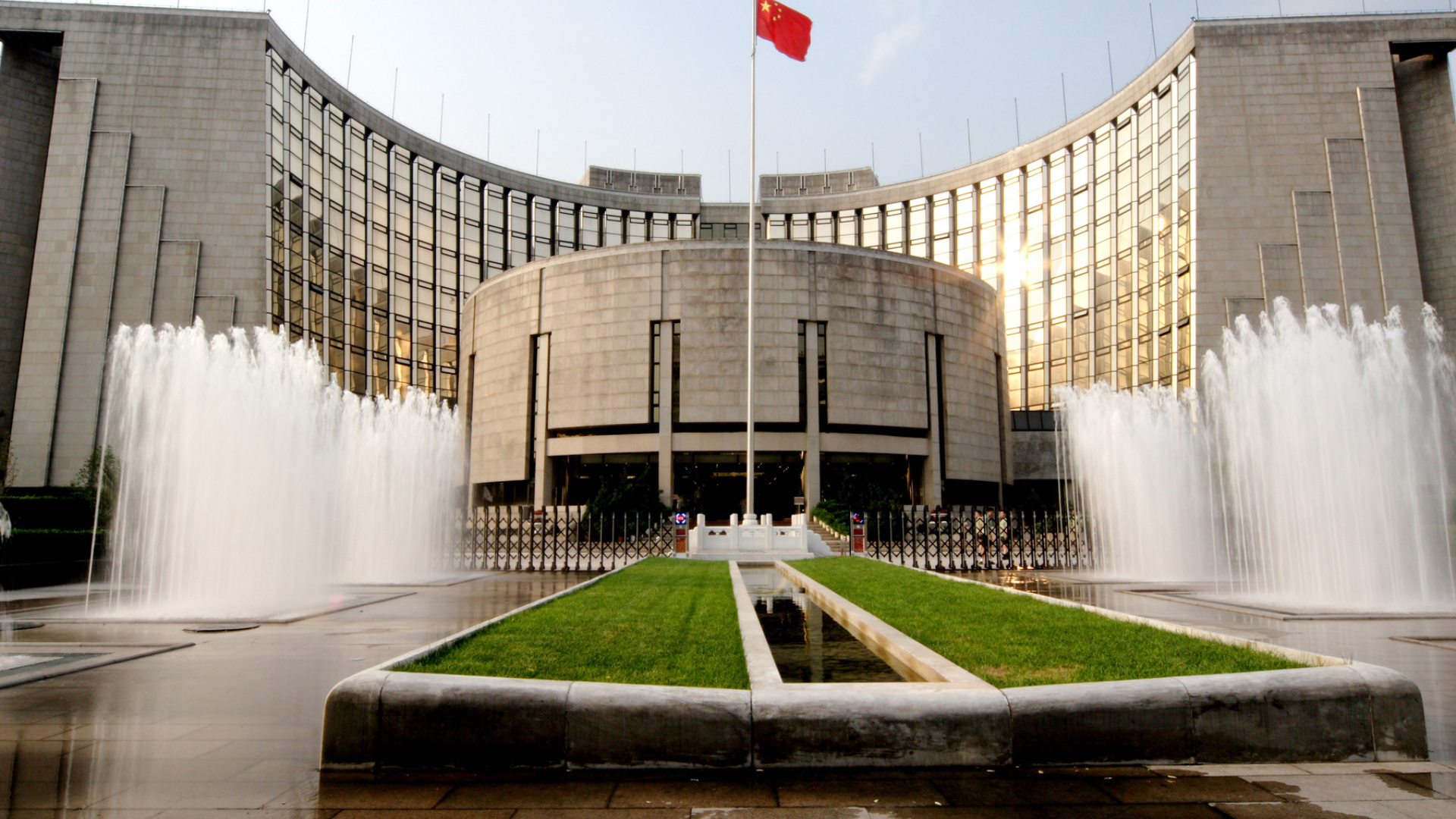The People’s Bank of China (PBOC) set the yuan’s reference rate at 7.1696 per U.S. dollar, slightly firmer than the previous 7.1712. The move signals Beijing’s ongoing efforts to stabilize the currency amid global market fluctuations and economic uncertainty.
The central bank has been carefully managing the yuan’s exchange rate to prevent excessive depreciation while maintaining flexibility in response to economic conditions. With China’s economy facing slowing growth and weak consumer demand, policymakers have been balancing the need for a stable currency with efforts to support recovery through monetary easing.
Market watchers closely follow the daily reference rate, as it provides insights into the PBOC’s stance on currency management. The slight strengthening suggests that authorities are maintaining control over the yuan’s movement, preventing speculative pressures from driving excessive volatility. Despite recent fluctuations, the central bank has repeatedly taken steps to curb sharp declines, using tools such as state bank interventions and liquidity management.
The yuan’s performance also reflects broader global economic factors, including U.S. Federal Reserve policy expectations. With markets anticipating potential rate cuts later this year, the dollar’s strength has been a key factor influencing emerging market currencies, including the yuan. Any shifts in Fed policy could lead to further adjustments in China’s exchange rate strategy.
While the PBOC’s latest fixing remains within market expectations, investors remain cautious about China’s long-term monetary direction. A weaker yuan can boost exports by making Chinese goods more competitive, but excessive depreciation could trigger capital outflows and weigh on investor confidence.
For now, the central bank continues its delicate balancing act between currency stability and economic stimulus. Traders will keep a close eye on future reference rates and any potential interventions that signal Beijing’s next steps in managing the yuan’s trajectory.













